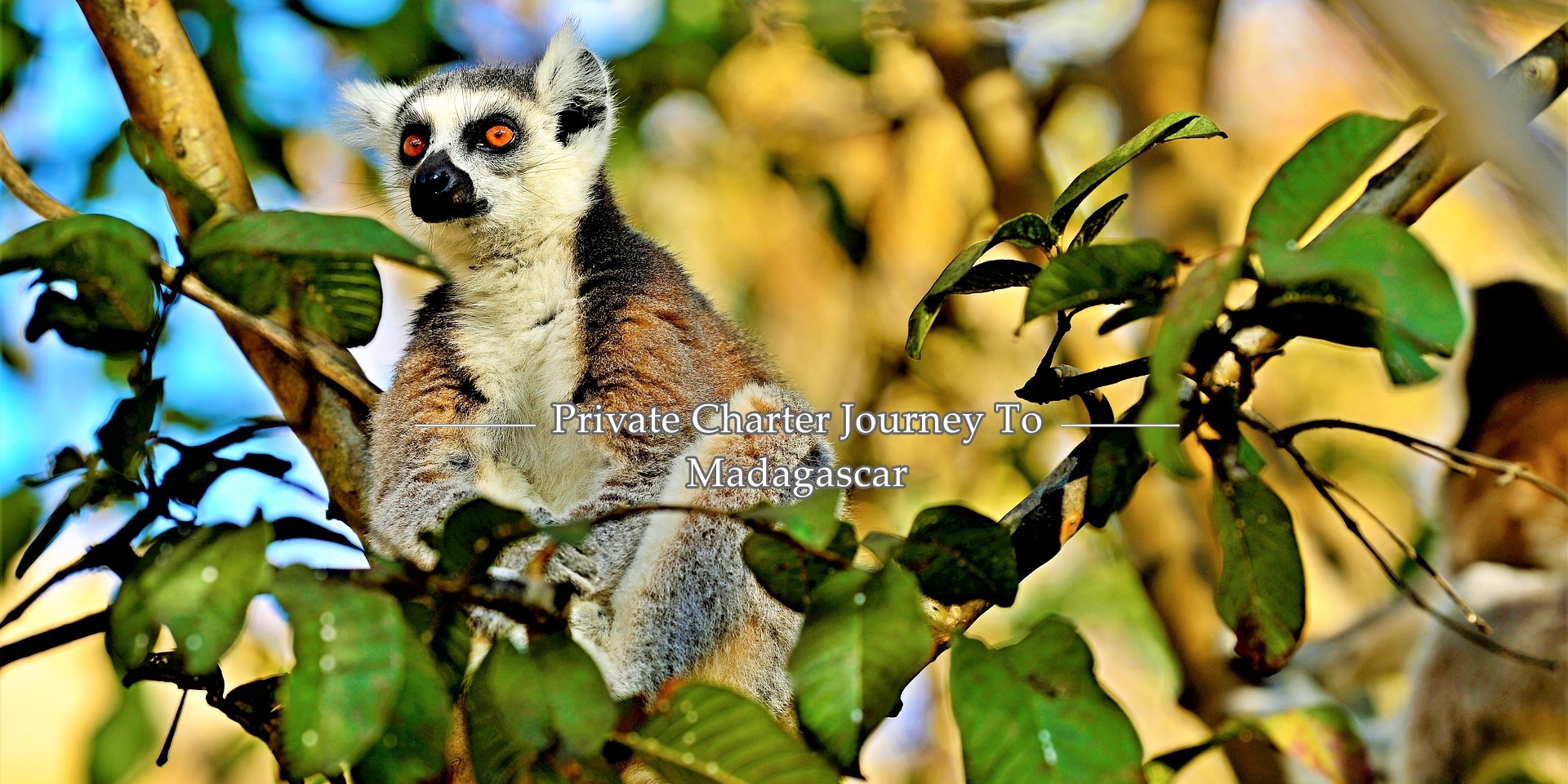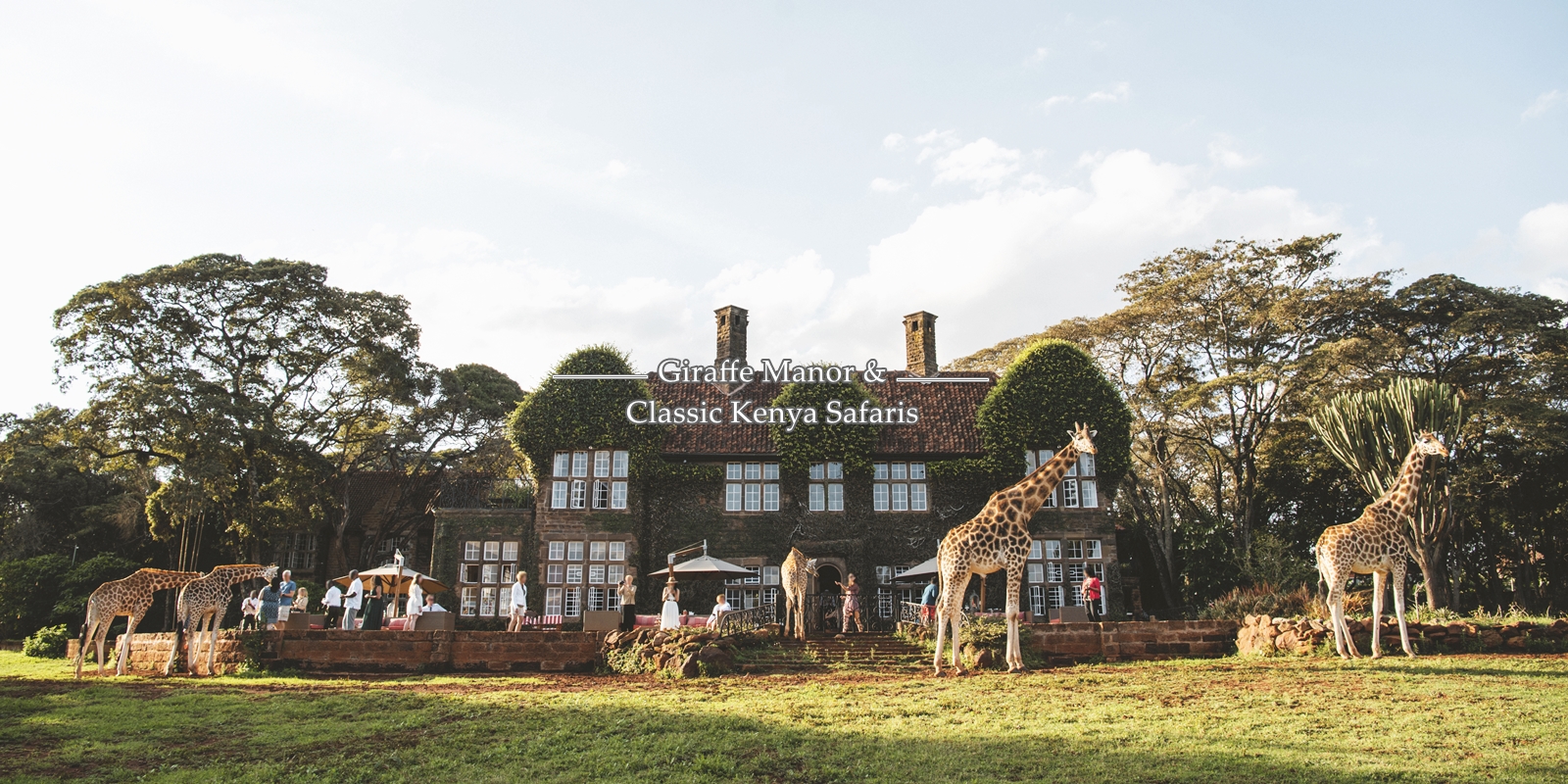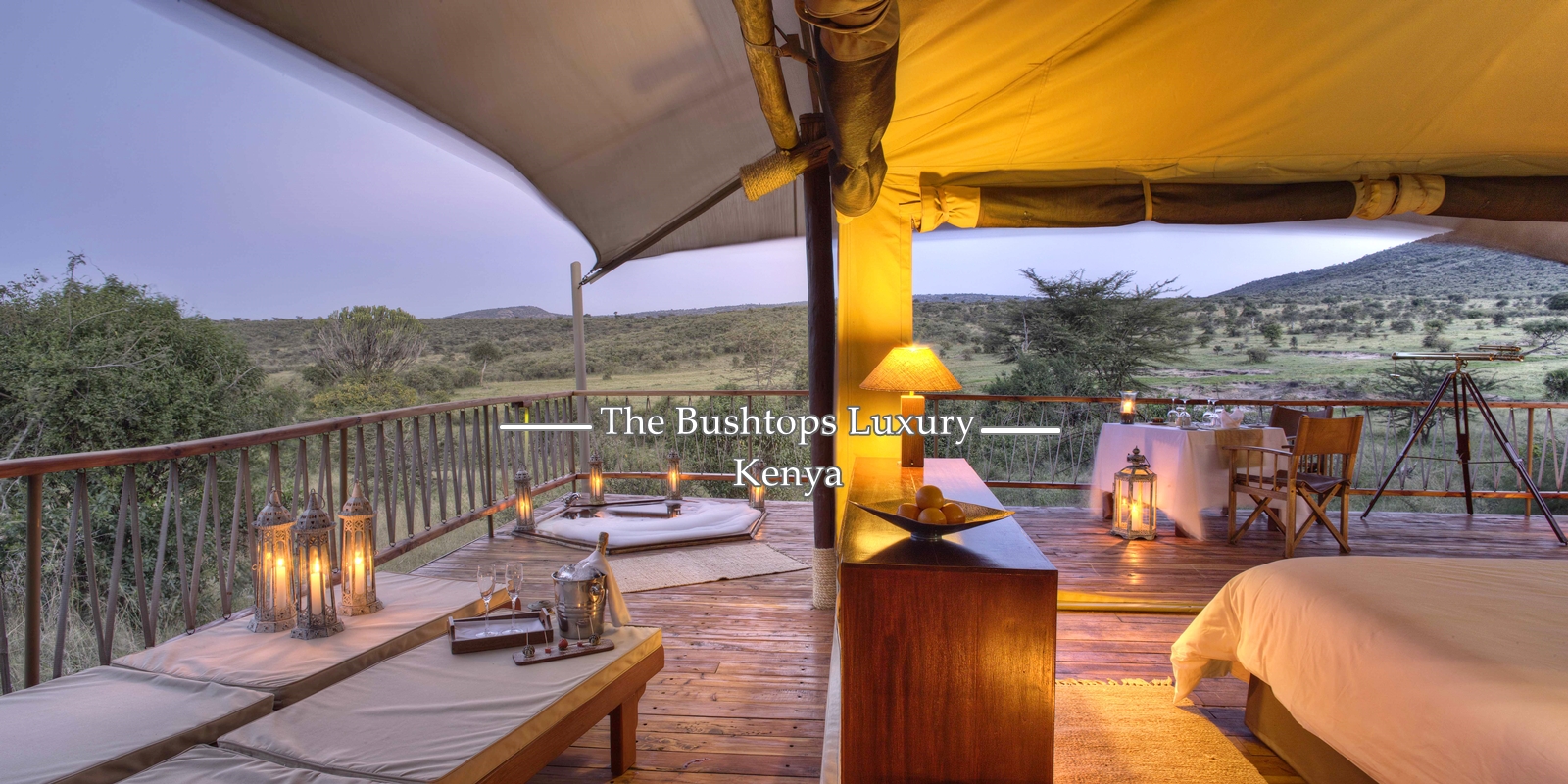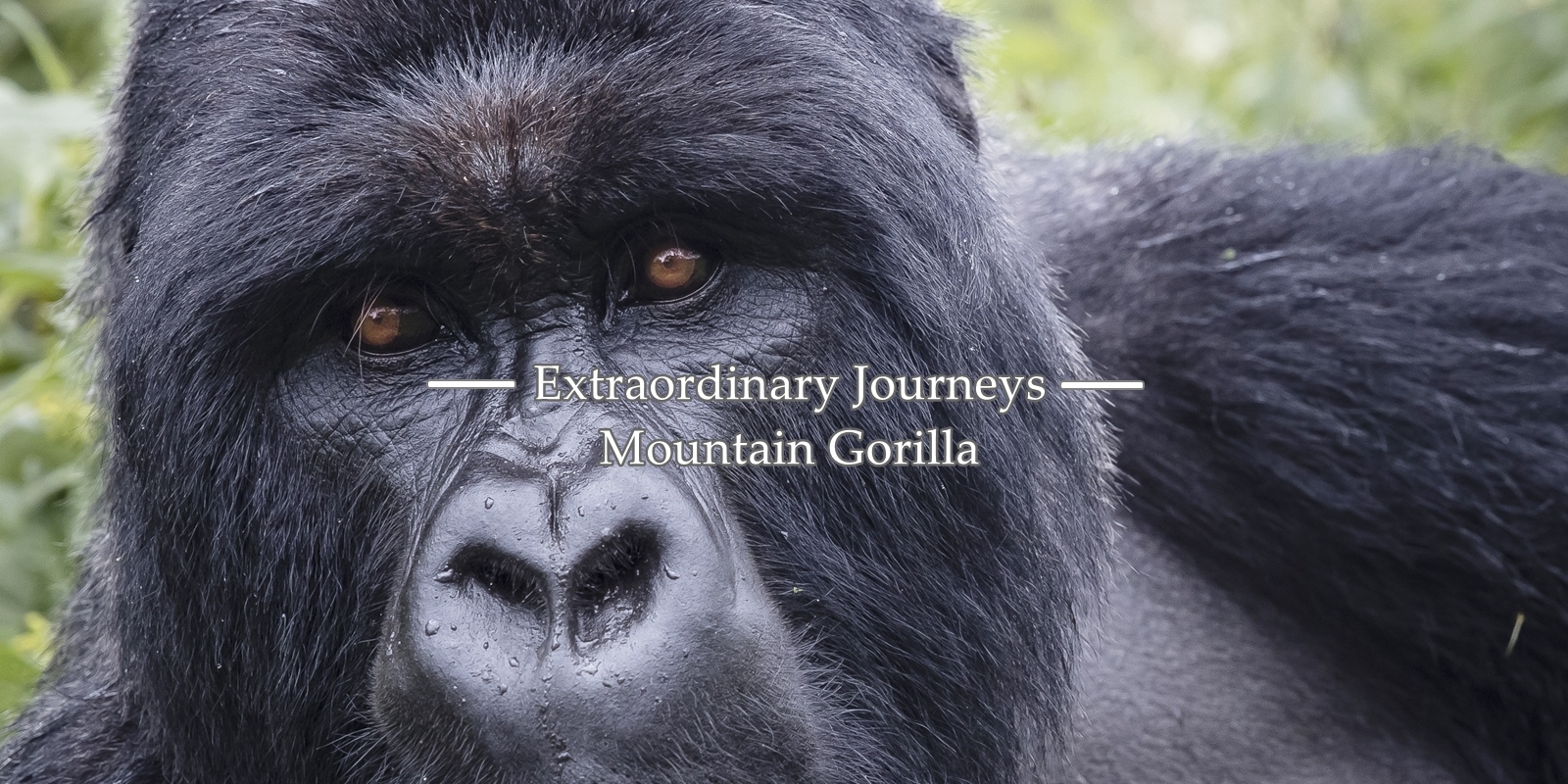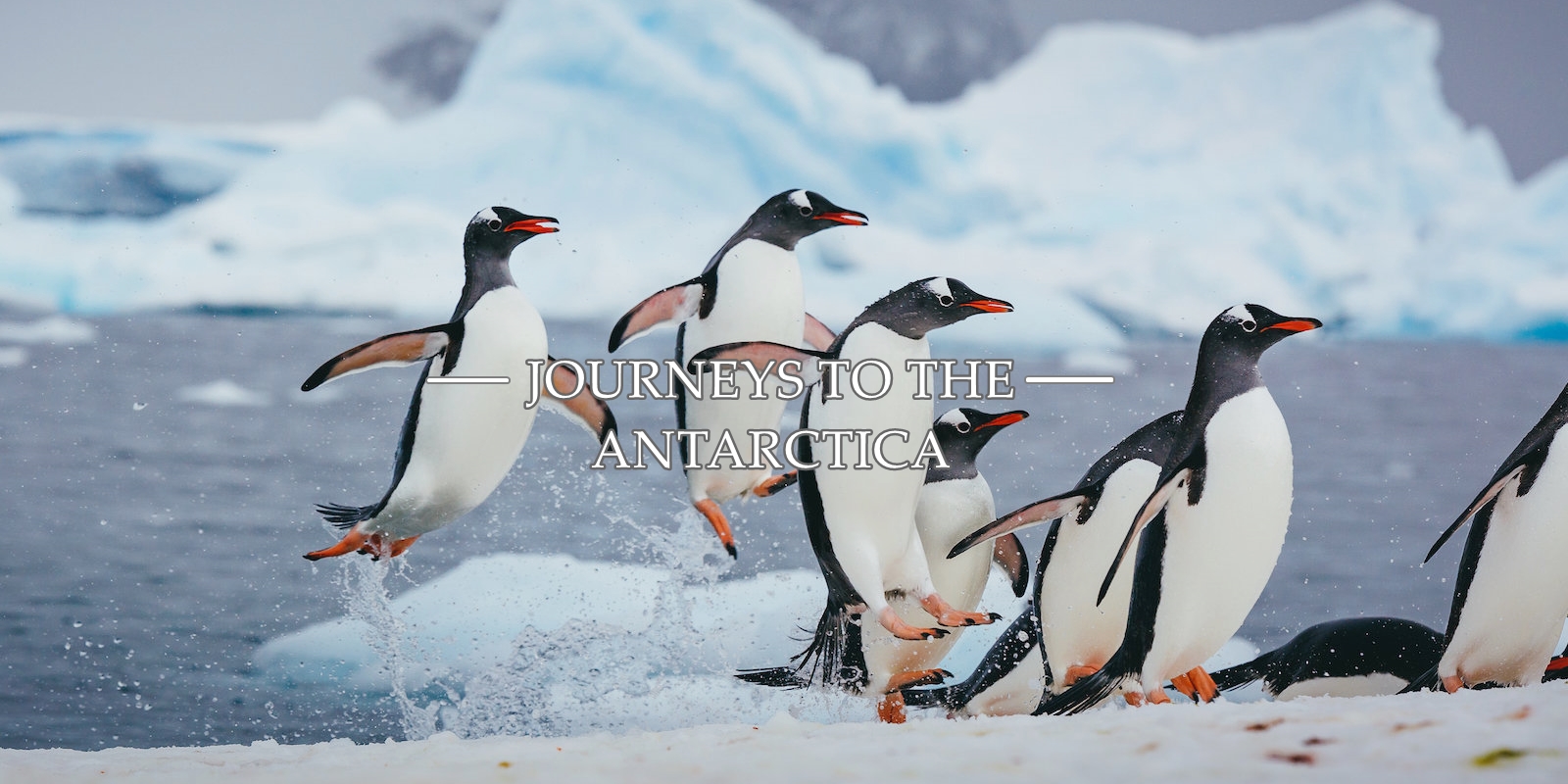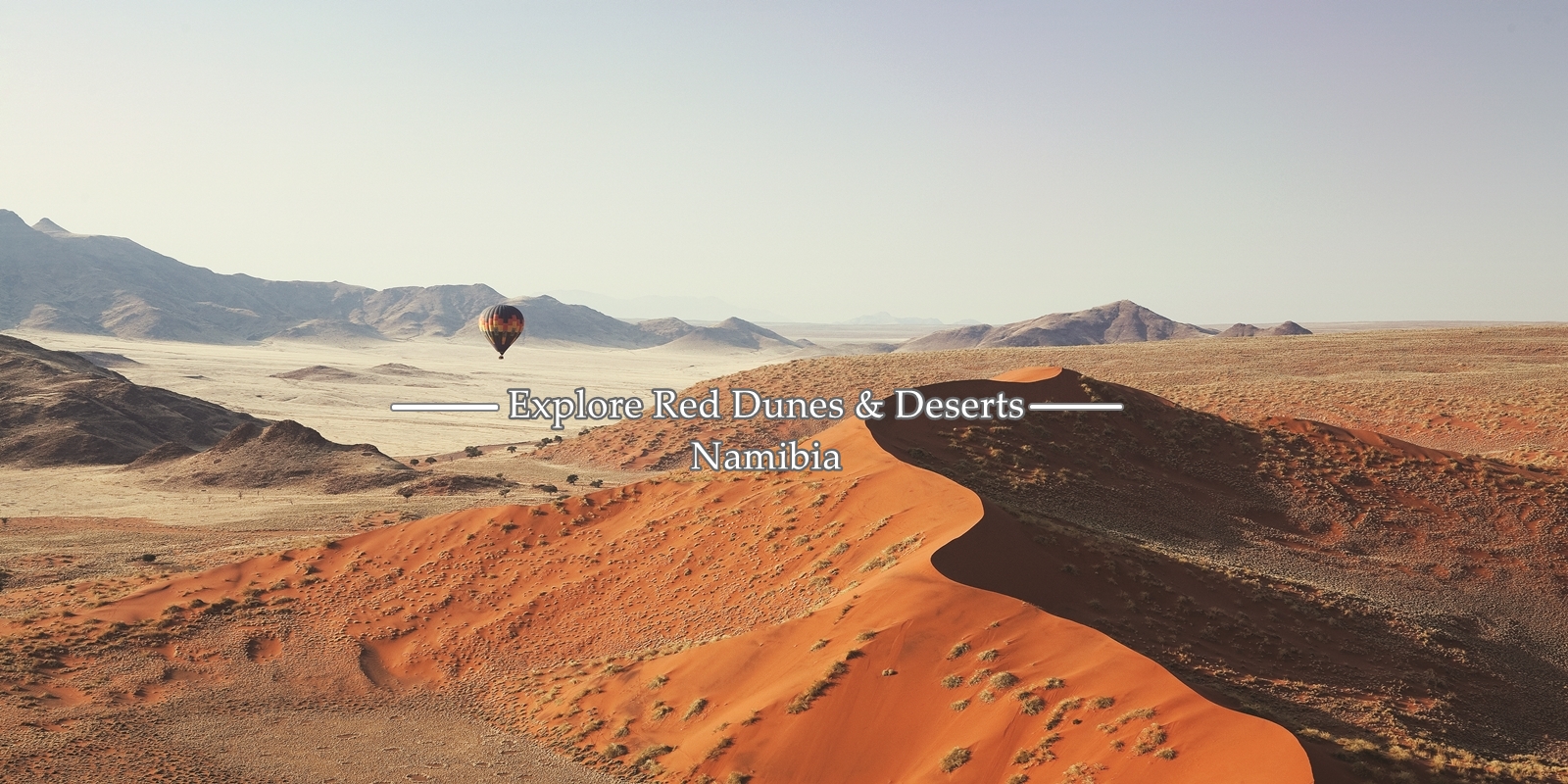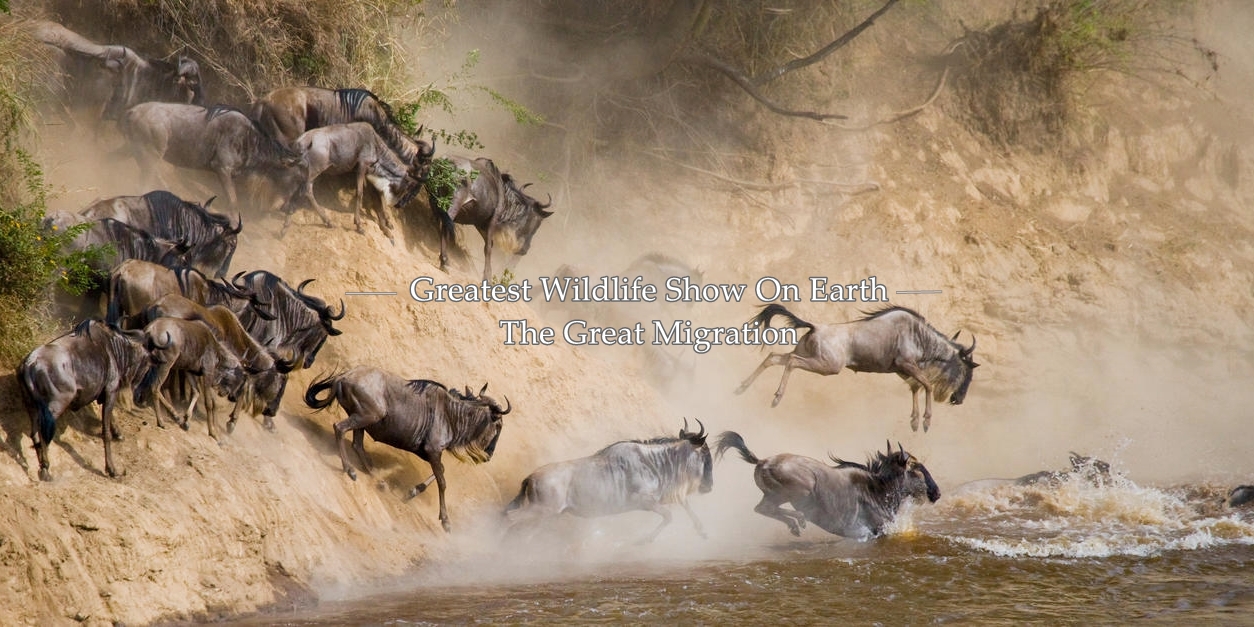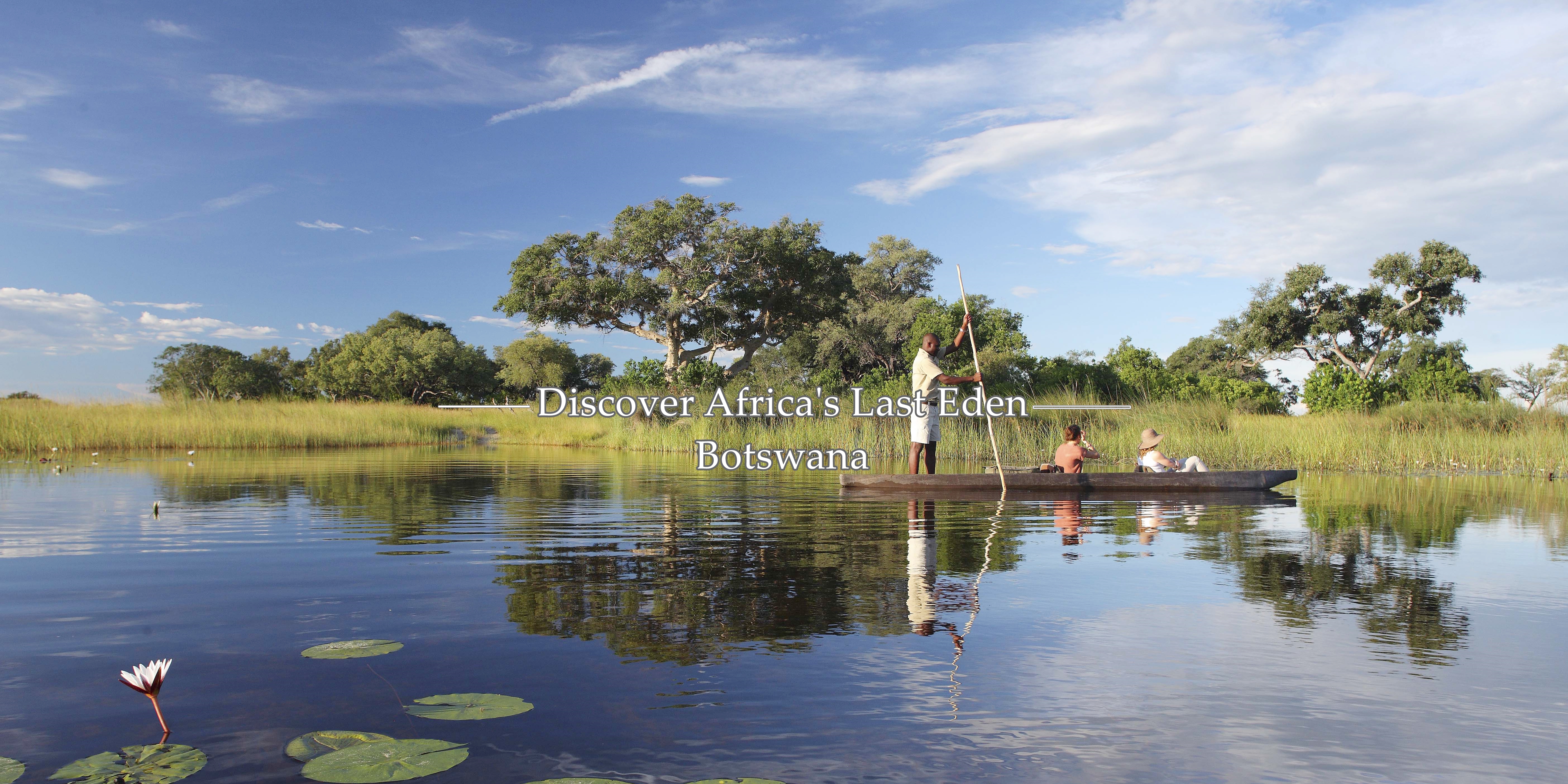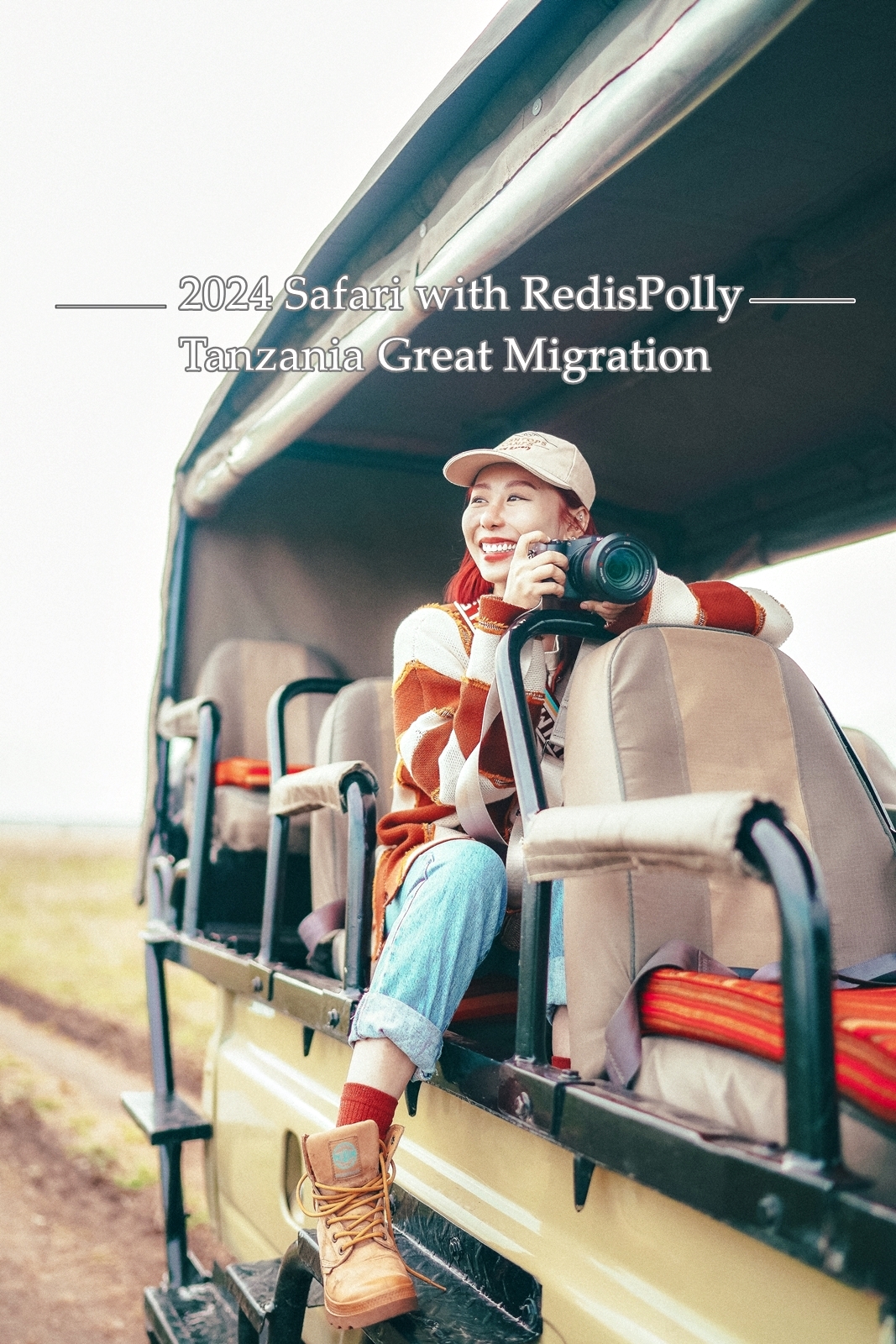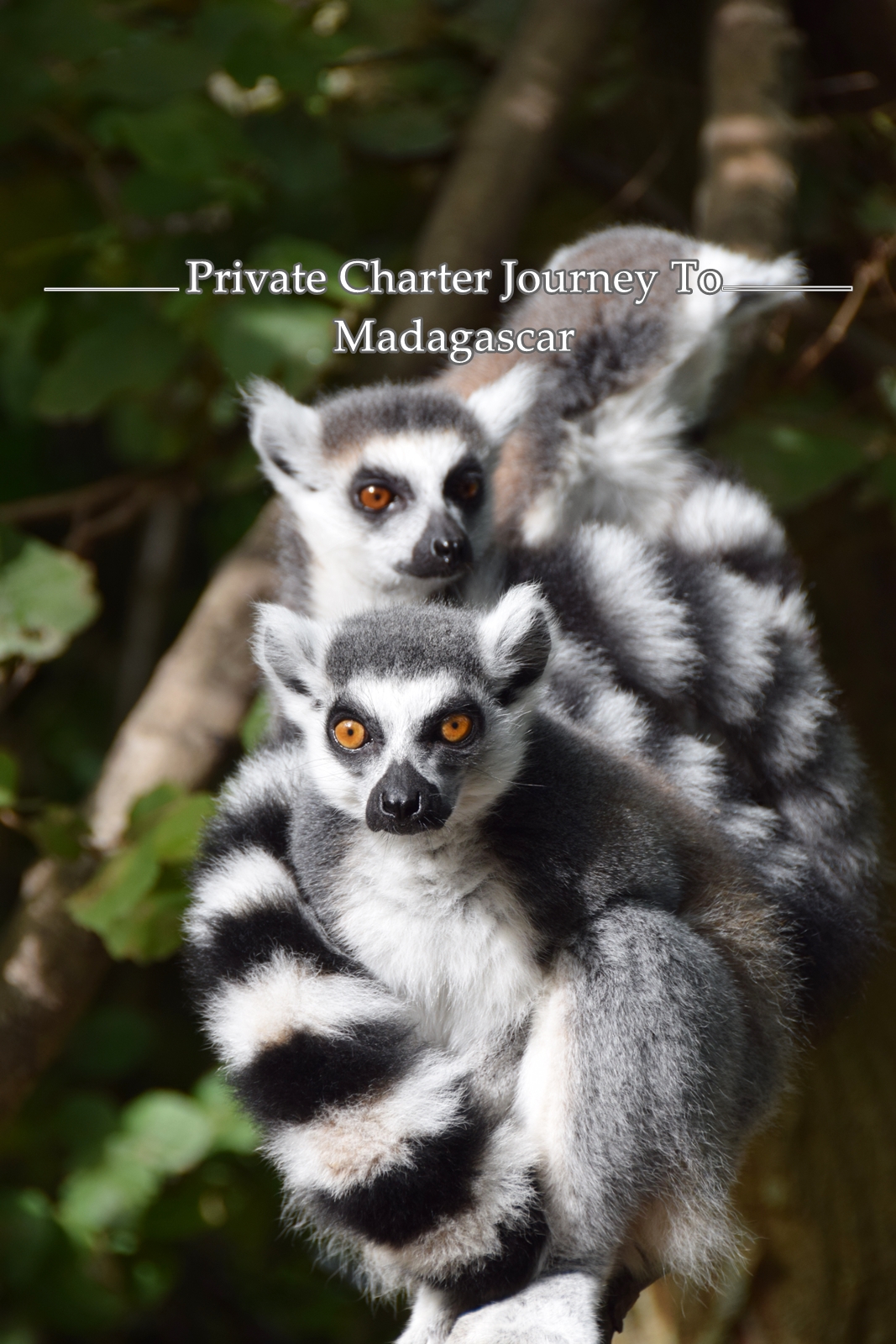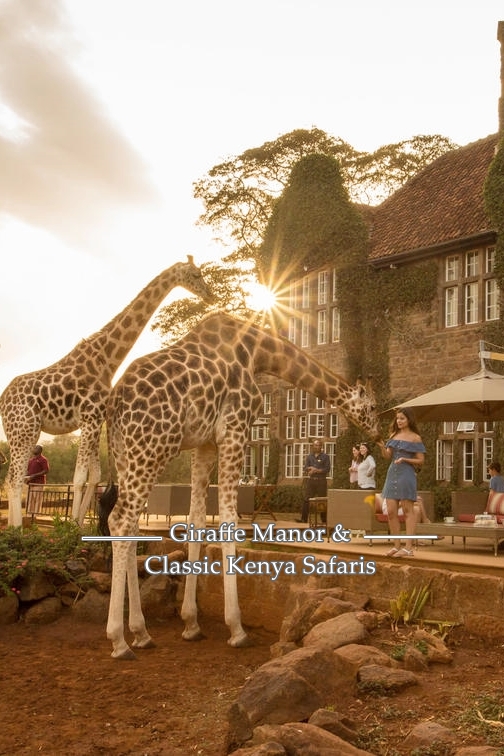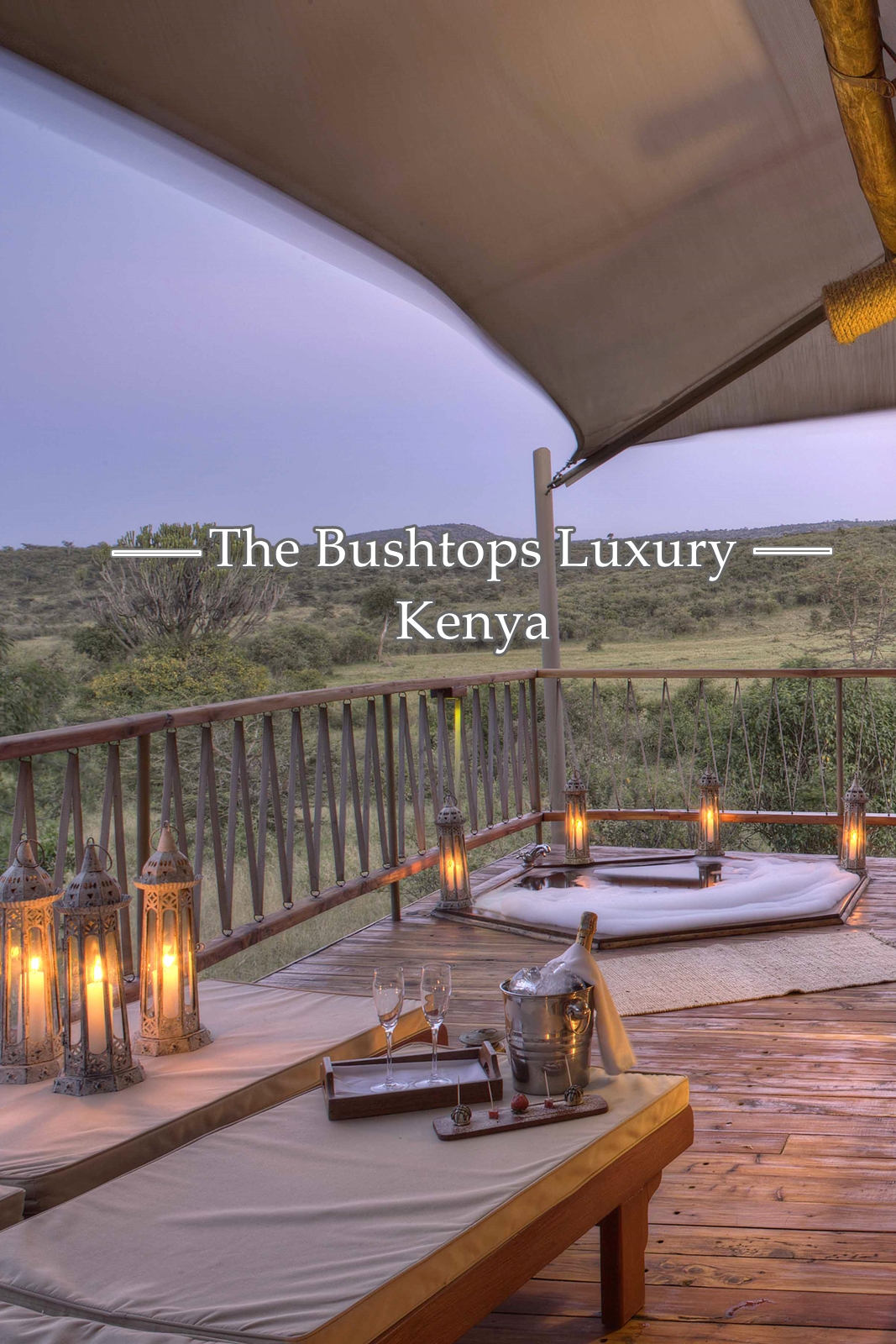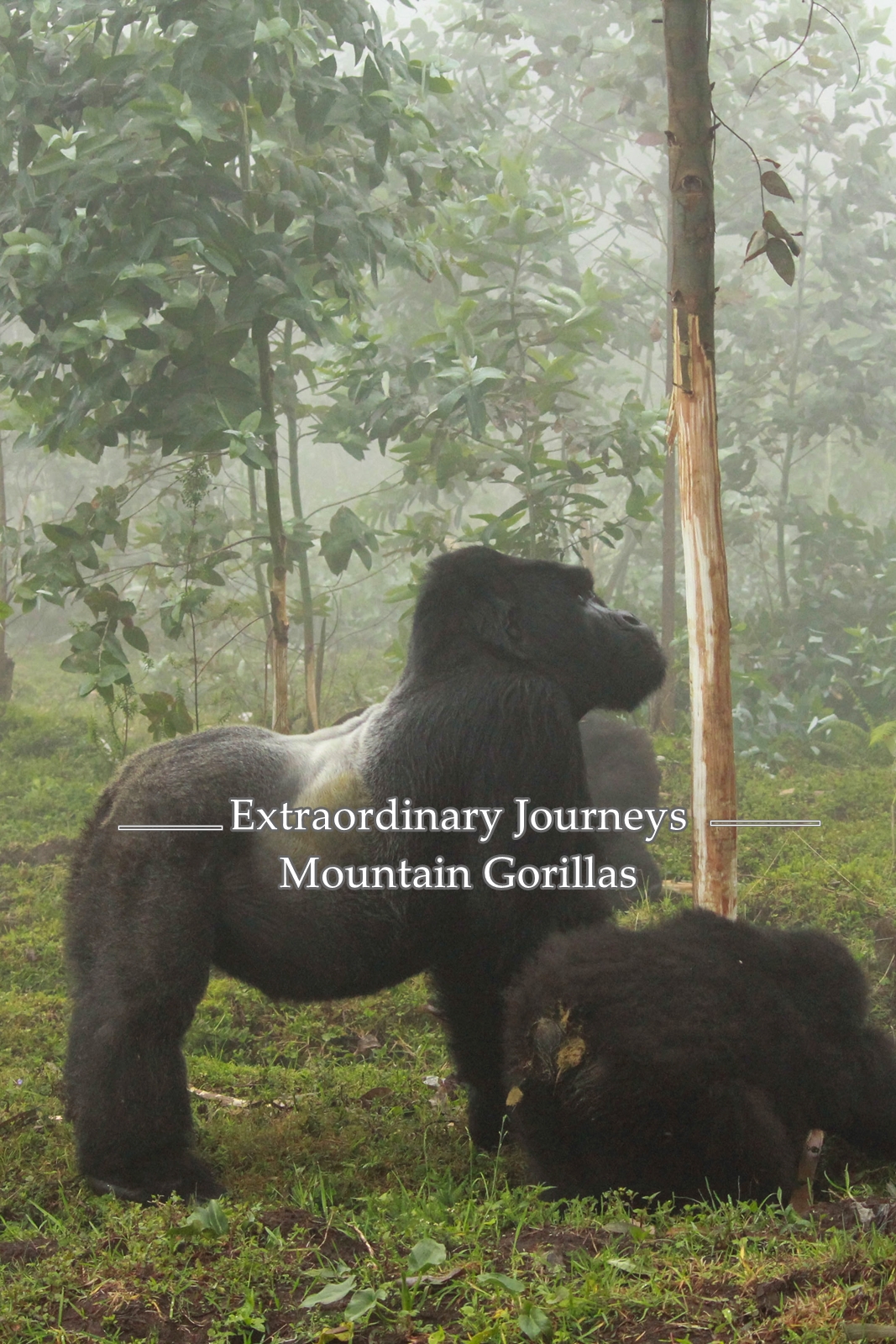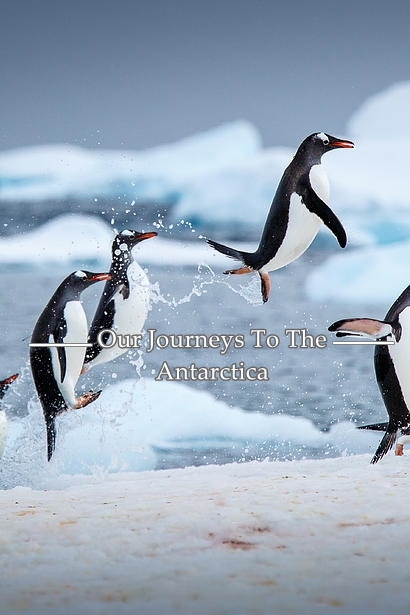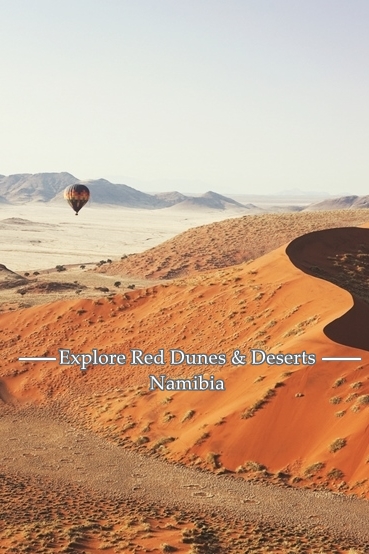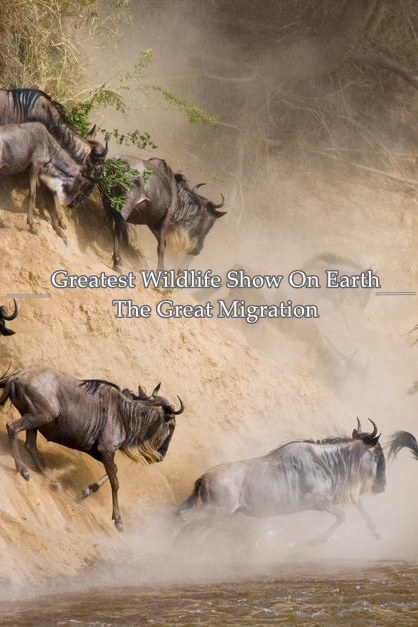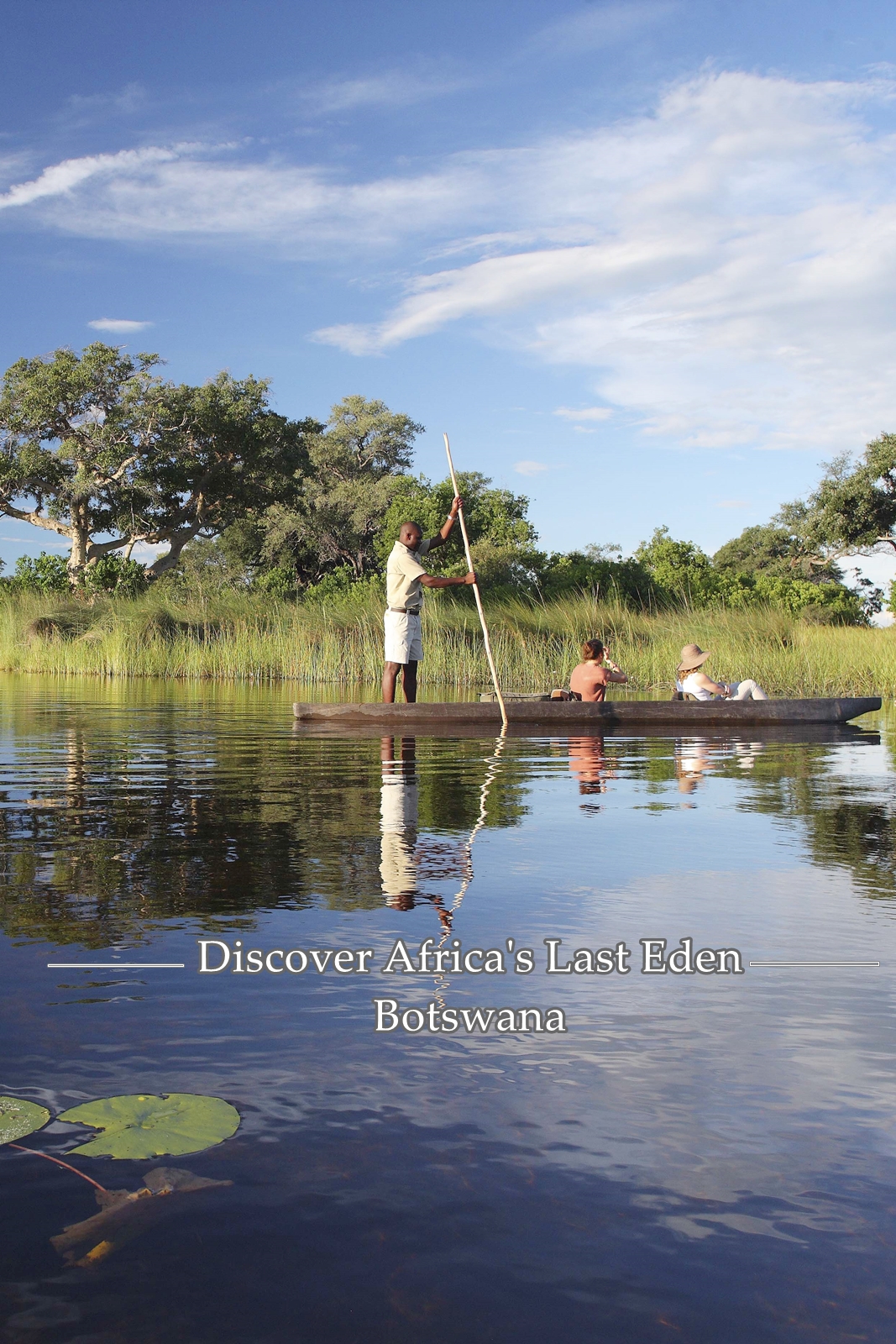Mountain Gorillas of Virunga

I recently had the opportunity to travel to Volcanoes National Park in Rwanda.
Volcanoes National Park is approximately 3 hours north of the city of Kigali, and is one of the most spectacular national parks in Africa. It’s the oldest national park (1925), the continent’s first World Heritage Site and is probably the most biodiverse terrestrial protected area in Africa. And of course, there are mountain gorillas.
An encounter with mountain gorillas is profound and deservedly celebrated. When a silverback catches your gaze, the illusional barriers between us and the natural world that we have constructed in our minds come tumbling down. Sitting among a family of 12 gorillas in Virunga, I was powerfully reminded that I am also an animal, that I come from nature, that I am a tiny part of nature.
To me, gorillas are the chosen messengers, sent by the rest of the Earth’s wild animals to guide us back into their world, the world we have left and have done so much to destroy. If this is the case, then I can’t think of a more appropriate messenger. Gorillas are astounding creatures, more closely related to humans than any other creature besides chimpanzees and bonobos. They are, in many ways, a more admirable species than our own: mostly gentle (unless threatened), emotionally and mentally intelligent, protective of their family, and living in harmony with nature.
.jpg)
And yet there are no more than about 1,000 left in the wild. (numbers updated in 2019) Why? One word: us. Gorillas epitomise the woes of the planet’s wilderness and wild animals. Massive increases in human populations, concurrent and unsustainable demand for natural resources, and political instability, wars and exploitation by corrupt governments (both local and Western)…these have all combined to create an extinction vortex for wild animals. And gorillas in central Africa are being sucked down along with so many other species. Or are they?


Mountain gorillas are, in fact, one of the great conservation success stories – for now.
I quote Jonathan Kingdon in his excellent Guide to African Mammals:
“In central Africa more than 90% of Eastern Gorilla’s recent habitat is now fields and surviving populations live in lands that were, until recently, marginal for agriculture. The takeover of what remains has been delayed because of a dawning realisation that walking amongs wild gorillas is one of life’s greatest privileges and an experience for which people from all over the world will pay handsomely. Gorillas have morphed from terrible cartoons of sub-humanity into a living and noble expression of humanity’s roots in nature.
Thanks to dedicated conservationists and researchers, their demise is no longer assured. I am in awe of the rangers in the Democratic Republic of Congo, Rwanda and Uganda who have given their lives to the protection of not only the mountain gorillas, but also the rest of the park’s natural wonders, as well as the local people, who have come to rely on the park for a sense of peace and stability.
![]()
![]()
You can pay anywhere from US$600 (in Uganda) to US$1,500 (in Rwanda) for a permit to spend just one hour with mountain gorillas in the wild. It’s probably the best contribution you can make to their survival, as all the money goes back into their conservation. The money generated from tourism has been the biggest single reason that we still can enjoy the privilege of sharing the planet with these remarkable creatures.

